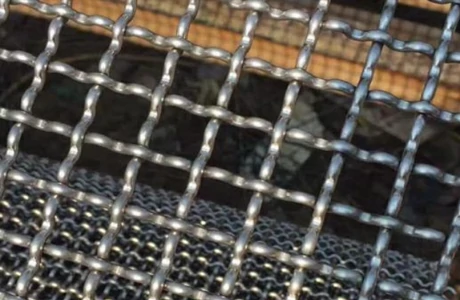Razor Wire Manufacturing and Applications in China for Security Solutions
Razor Wire in China An Overview
Razor wire, known for its sharp edges and formidable deterrent qualities, has become a crucial component in security infrastructure around the world. In China, where rapid urbanization and increasing security concerns have shaped urban landscapes, the use of razor wire has seen a significant rise. This article provides an overview of the applications, regulations, and implications of razor wire usage in China.
The Nature of Razor Wire
Razor wire consists of steel wire with sharp edges or barbs, designed to inflict injury upon unauthorized access. Unlike traditional barbed wire, which may be used purely as a barrier, razor wire offers enhanced security due to its design and construction. The coils can be installed in various configurations, including concertina and flat wraps, making them versatile for different environments.
Applications in China
In China, razor wire is predominantly used in high-security facilities, including military installations, prisons, and government buildings. The necessity for heightened security in these areas is critical, given the country’s geopolitical climate and the need to protect sensitive information and assets.
Beyond government and military usage, razor wire has found its way into commercial and residential security systems. In urban centers, where populations are dense and crime rates may be a concern, businesses and affluent homeowners have increasingly installed razor wire as an additional layer of security. This trend highlights a shift in the perception of safety and the lengths to which individuals and organizations will go to protect their properties.
Regulatory Framework
razor wire china

While the benefits of razor wire are clear, its usage is not without regulations. In China, local governments enforce specific guidelines concerning the installation of razor wire. These regulations are primarily aimed at ensuring that such installations do not pose undue risks to public safety.
For instance, residential areas may have restrictions against installing razor wire near public pathways or schools to prevent unintentional injuries to pedestrians, especially children. Additionally, businesses must adhere to local ordinances that govern the visibility and placement of razor wire to minimize the chances of accidents while maintaining effective barriers against intruders.
Social Implications
The rise of razor wire usage in China has raised discussions about the societal impact of such security measures. On one hand, the presence of razor wire can instill a sense of safety among property owners and residents. However, it can also convey a message of fear and separation. In urban areas, the sight of razor wire can create an impression of a society that is increasingly defensive and wary of crime, potentially leading to a less cohesive community atmosphere.
Moreover, the installation of razor wire in public areas may inadvertently encourage a fortress mentality. As properties become more fortified, the communal bonds that often provide informal security are undermined. This shift can have psychological implications, leading to increased distrust among neighbors and a preference for isolation over community.
Conclusion
Razor wire in China represents a complex intersection of security, regulations, and social implications. As urbanization and security concerns grow, the demand for effective deterrents like razor wire is likely to increase. However, it is essential for policymakers to strike a balance between safety and community wellbeing. Responsible installations, guided by enforceable regulations, can help ensure that the security benefits of razor wire do not compromise the spirit of community living. As society continues to evolve, the conversation surrounding security measures, including razor wire, will be crucial in shaping a safe yet inclusive environment for all.
-
Innovations in Razor Barbed Wire Design TechnologyNewsAug.11,2025
-
Roofing Nail Compatibility with Different Metal Roof TypesNewsAug.11,2025
-
Welded Wire Mesh for Rockfall Protection BarriersNewsAug.11,2025
-
Galvanized Wire Corrosion Resistance TestingNewsAug.11,2025
-
3D Fence Solutions Preventing Bird CollisionsNewsAug.11,2025
-
Using Chain Link Fence for Urban Garden SupportNewsAug.11,2025




